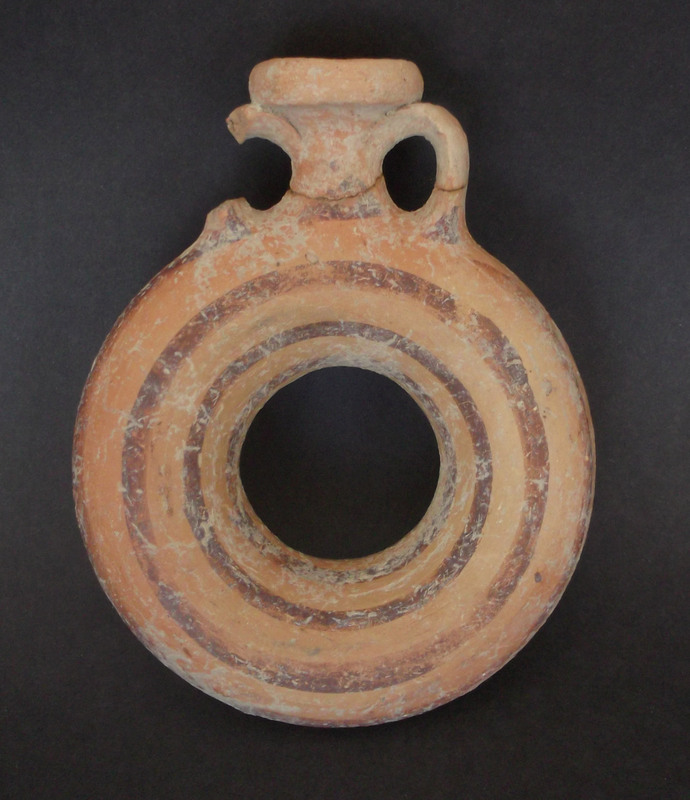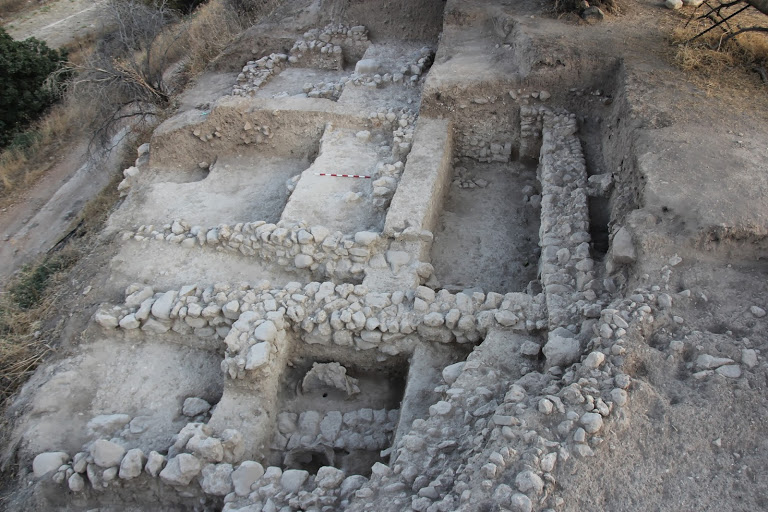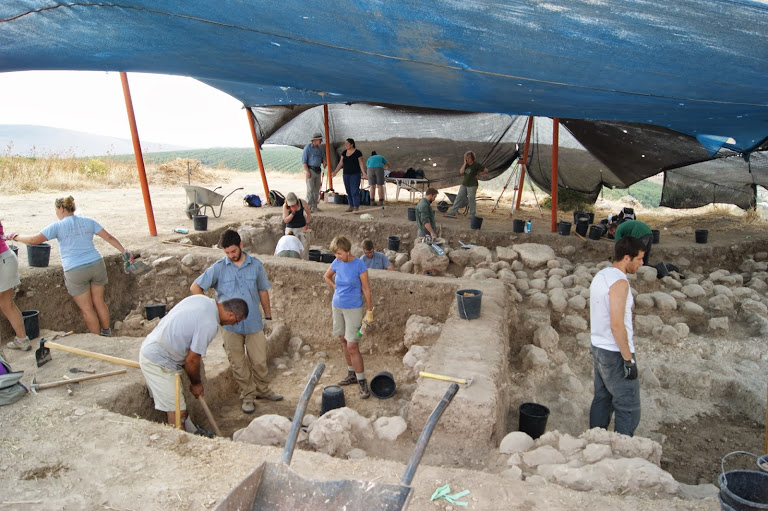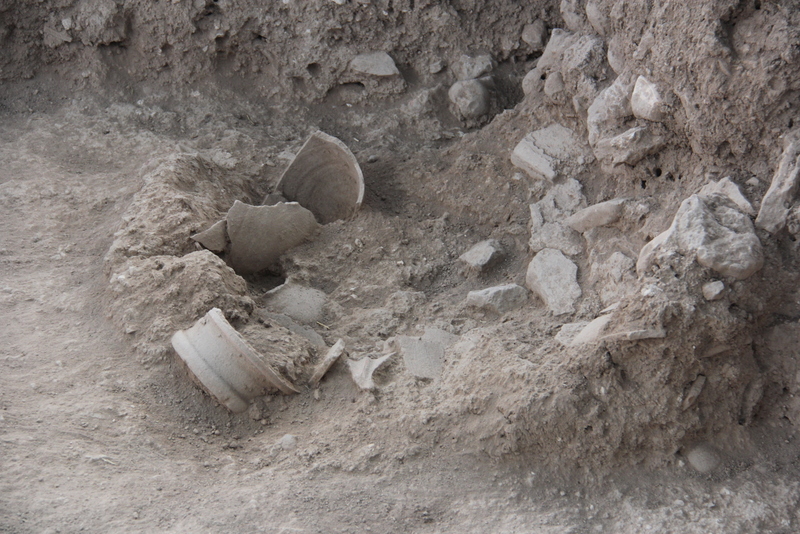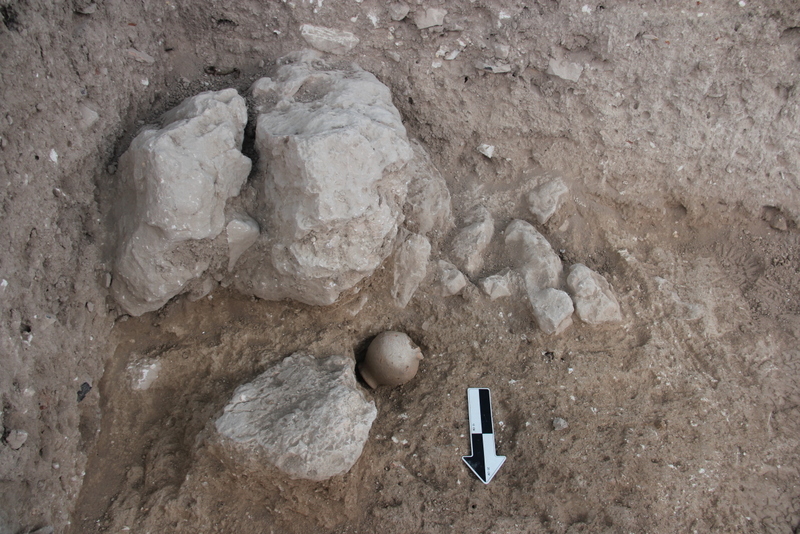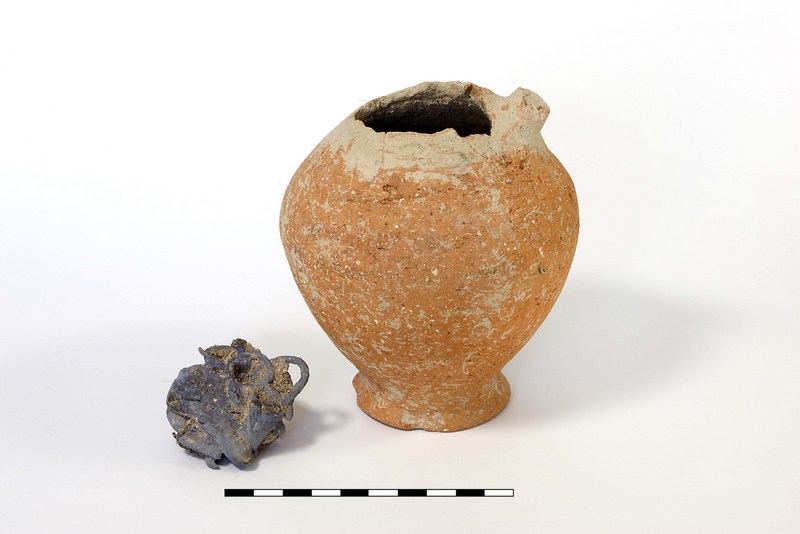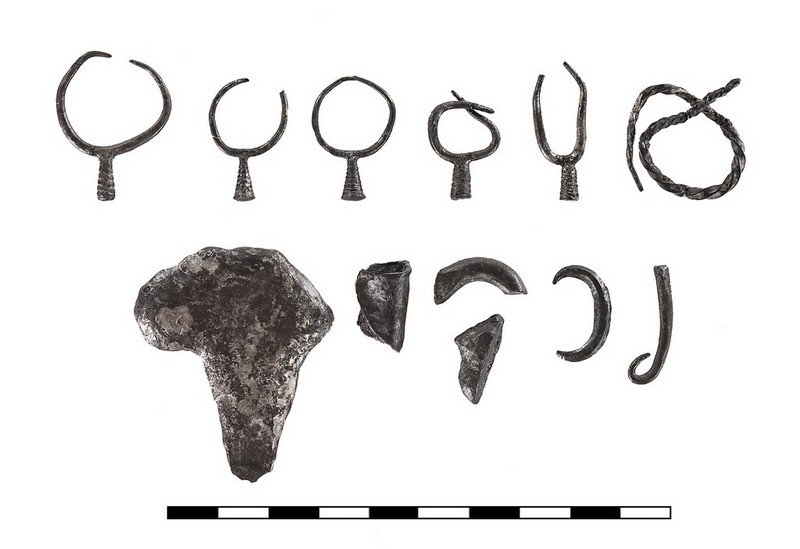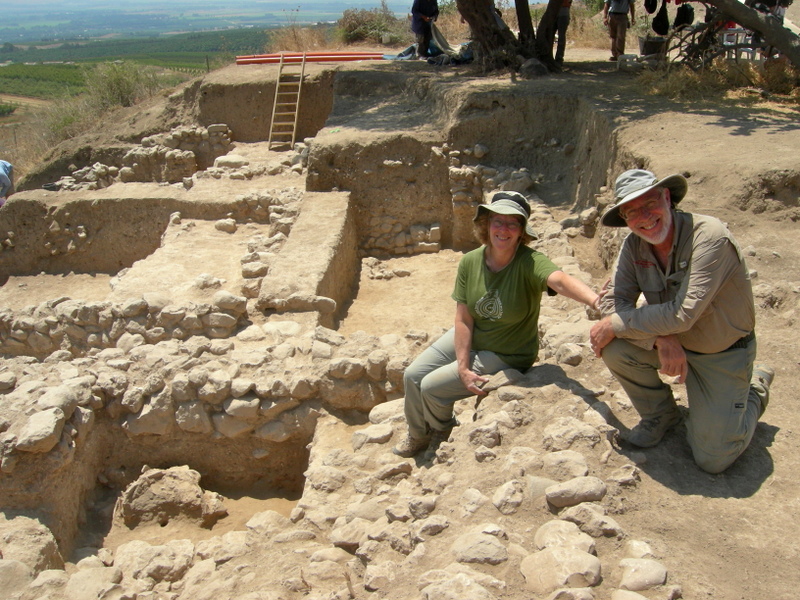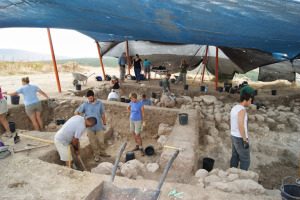
Popularly known as the site where archaeologists recently excavated an ancient jug containing a silver hoard, it sits near the border between modern day Israel and Lebanon to the north, in an area that brings to mind the political and military tensions that have so often plagued the border areas of these neighboring countries. Even thousands of years ago, this area figured prominently in conflicts and disputes among ancient players.
Today the location is known as Tel Abel Beth Maacah, an archaeological site that has been identified by biblical scholars as the likely location of an ancient city that, at one time, may have had important Aramean connections. It is mentioned a number of times in the biblical account, including the battle related to the revolt against David by Sheba ben Bichri. In the early 19th century BCE it was conquered by Ben-hadad of Damascus, and by the Neo-Assyrian king Tiglath-pileser III in 733 BCE. Scholars suggest that it may have been at one time the capital of the Aramean kingdom of Maacah.
The site is historically important for its strategic location, controlling the roads leading north to the Lebanese Beq‘a, northeast to inner and northern Syria and into Mesopotamia, and also west to the Lebanese/ Phoenician coast. But despite this location and the prominence of the imposing mound containing its remains, the site has never been excavated until now. Early surveys were conducted in 1973 by William G. Dever of the University of Arizona, yielding evidence that suggested that the site was occupied from Early Bronze Age (third millennium BCE) up to the time when the city was destroyed by the Neo-Assyrian monarch Tiglath-pileser III in 733-32 BCE, but pottery from the Persian, Hellenistic, Roman-Byzantine, Arabic, and Ottoman periods was also found. A small Arab village occupied the site until 1948, and its remains can still be seen today.
Archaeologists finally returned to the site in May 2012, when a team led by Robert Mullins of Azusa Pacific University near Los Angeles, California and Nava Panitz-Cohen of the Hebrew University of Jerusalem conducted a survey to lay the foundation and select areas for the very first full-scale excavations of the site in 2013.
__________________________
Above: This Iron Age I ring flask was recovered along with other finds during the 2012 survey. Photo by Moshe Cohen.
_______________________________
The 2013 excavations were not disappointing. “We conducted a four-week season in June and July,” reported Mullins and Panitz-Cohen in a recent article. “We focused on two areas – ‘Area F’ on the southern end of the lower mound and ‘Area A’ on the eastern end of the connection between the upper and lower mounds.” What they found was a significant Iron Age I (1200 – 1000 BCE) domestic occupation in Area A, including a plethora of collared-rim jar fragments, and a structure in Area F built of massive stones, which they suggest could be the partial remains of a tower. The date of the structure is not yet known. “But our prize find in Area F,” they continued, “was a small jug containing a silver hoard that sat on a floor abutting the structure. We have tentatively attributed this to very late Late Bronze-early Iron Age I (1300 – 1200 BCE).”* Following meticulous treatment by conservator Mimi Lavi of the Hebrew University of Jerusalem, the hoard was found to consist of “five complete earrings, three earring fragments, three ingots and one twisted piece that might also have been an earring.”**
__________________________
A general view of Area A looking south containing remains of houses from Iron Age I (11th century BCE). Photo by Robert Mullins, Abel Beth Maacah Excavations.
_____________________________
A general view of excavation activity in Area F. Photo courtesy Abel Beth Maacah Excavations.
___________________________
Smashed collared-rim jar in Area F, which dates to Iron Age I (12th-11th centuries BCE). Photo by Robert Mullins, Abel Beth Maacah Excavations.
___________________________
The jug containing the hoard in situ in Area F. Photo by Robert Mullins, Abel Beth Maacah Excavations.
___________________________
Jug that contained the hoard and close-up of hoard before conservation. Photo by Gabi Laron, Institute of Archaeology, Hebrew University of Jerusalem.
________________________
The hoard after conservation work, showing complete earrings, earring fragments, and an ingot. These artifacts would be dated to the Late Bronze Age, based on the earring style. Photo by Gabi Laron.
________________________
Going forward, Mullins and Panitz-Cohen emphasize that much more work needs to be done before they can achieve their ultimate objective, which is to help fill in the many gaps of knowledge that still exist about the northern region of Israel during the Bronze and Iron Ages. “Our understanding of this region has been based largely on an important, but limited data set from Dan and Hazor [two other major archaeological sites in northern Israel],” they maintain.*** They point out that other major nearby sites that would shed light on this, such as Damascus in Syria and Tyre in Lebanon, have not been investigated because they are overlayed with modern settlements, or for other reasons.
Returning again in 2014, they hope to uncover more finds that will help them answer their questions and inch closer to re-constructing a picture of the Bronze Age and Iron Age Levant in this region. Excavations are slated to begin in late June. More information about the efforts and how one can participate can be obtained at the project website. (See video below)
Directors Robert Mullins and Nava Panitz Cohen at the excavation site. Photo courtesy Abel Beth Maacah Excavations.
________________________________
____________________________________
*Mullins, Robert and Panitz-Cohen, Nava, Breaking Ground at Tel Abel Beth Maacah – Why Dig at the Gateway to the Arameans, ASOR Blog, 18 March 2014.
**http://www.abel-beth-maacah.org/index.php/the-silver-hoard
***http://www.abel-beth-maacah.org/index.php/about
____________________________
Read about the most fascinating discoveries with a premium subscription to Popular Archaeology Magazine. Find out what Popular Archaeology Magazine is all about. AND MORE:
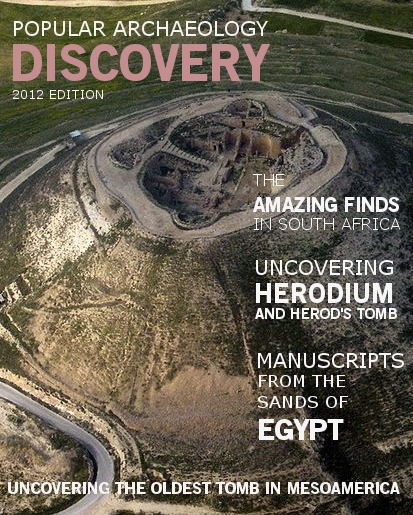 On the go? Purchase the mobile version of the current issue of Popular Archaeology Magazine here for only $2.99.
On the go? Purchase the mobile version of the current issue of Popular Archaeology Magazine here for only $2.99.
And, Popular Archaeology’s annual Discovery edition is a selection of the best stories published in Popular Archaeology Magazine in past issues, with an emphasis on some of the most significant, groundbreaking, or fascinating discoveries in the fields of archaeology and paleoanthropology and related fields. At least some of the articles have been updated or revised specifically for the Discovery edition. We can confidently say that there is no other single issue of an archaeology-related magazine, paper print or online, that contains as much major feature article content as this one. The latest issue, volume 2, has just been released. Go to the Discovery edition page for more information.
Subscription Price: A very affordable $5.75 for those who are not already premium subscribers of Popular Archaeology Magazine (It is FREE for premium subscribers to Popular Archaeology). Premium subscribers should email [email protected] and request the special coupon code. Or, for the e-Book version, it can be purchased for only $3.99 at Amazon.com.

